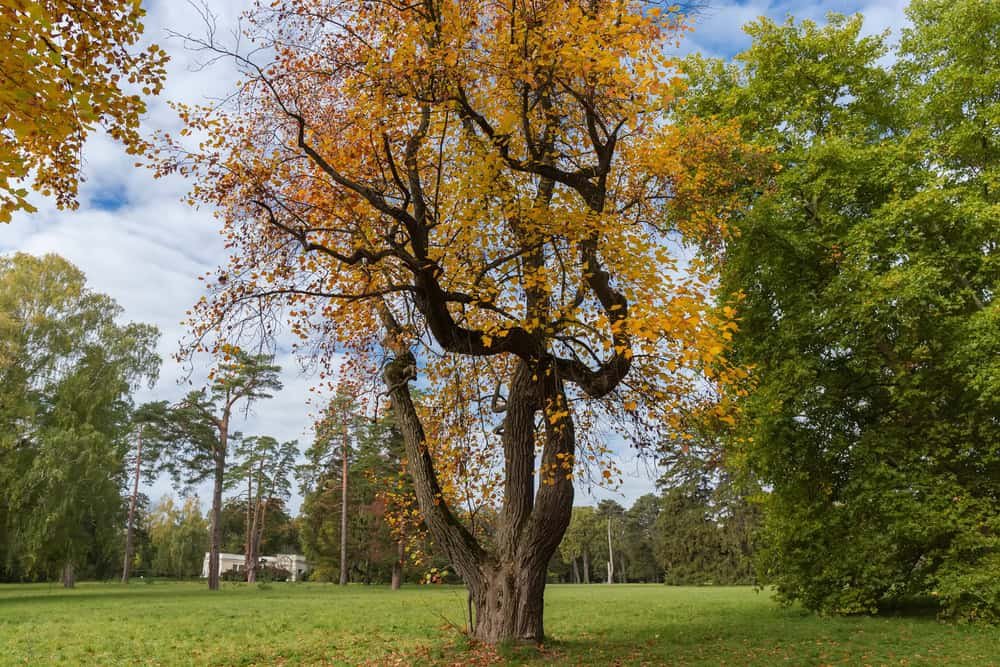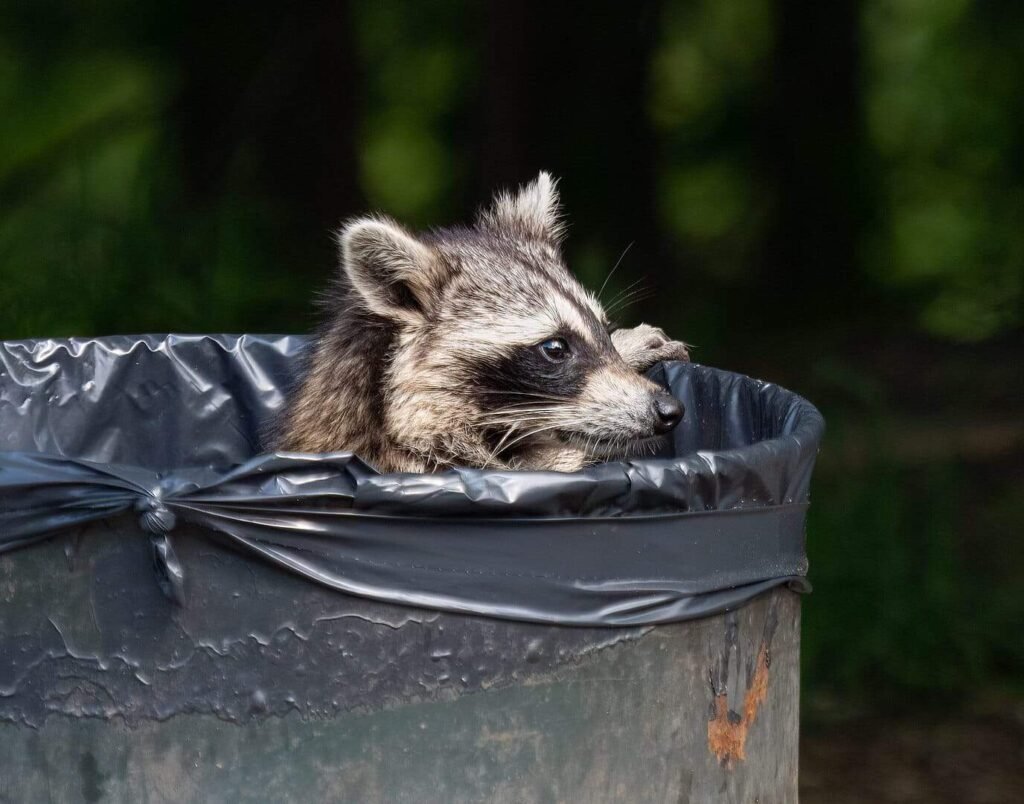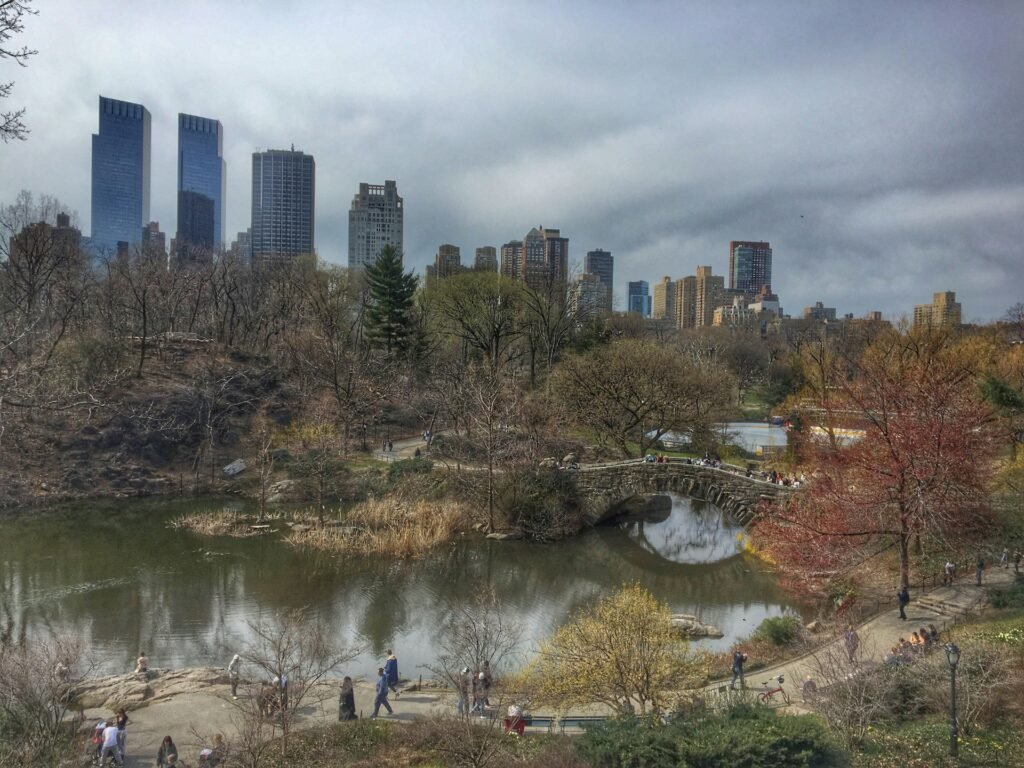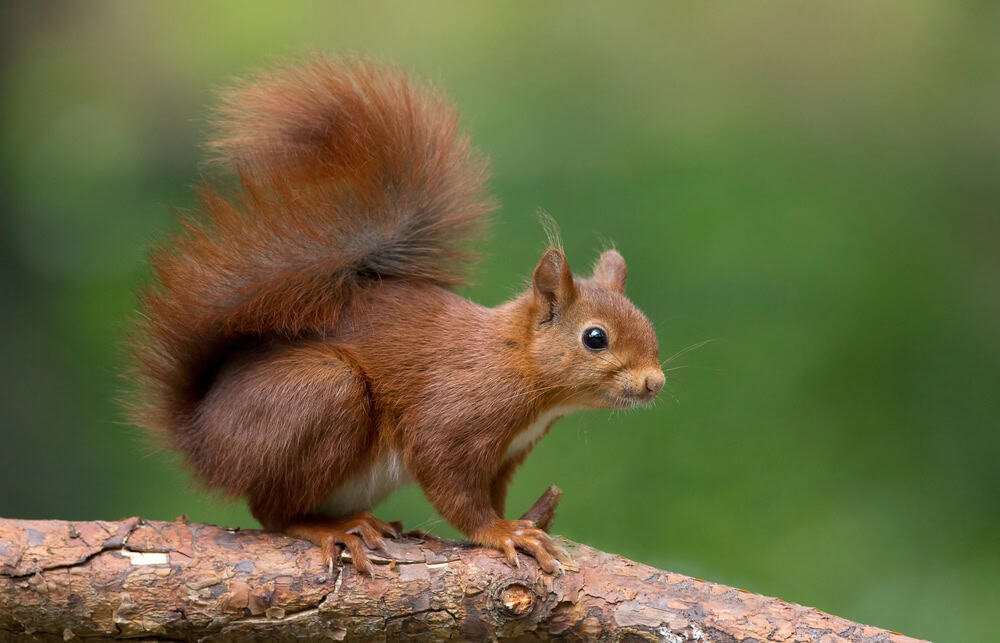Urbanization is a sweeping trend that has transformed landscapes worldwide, driven by the migration of people from rural to urban areas. This phenomenon has given rise to sprawling cities, characterized by the expansion of concrete jungles, and altered environments. While urbanization offers numerous benefits, it also poses significant challenges, not least of which is its impact on wildlife habitats. In this article, we will explore how urbanization is reshaping these natural environments and the ramifications for wildlife.
Understanding Urban Ecosystems

Urban ecosystems differ radically from their rural counterparts. Defined by human influence, they encompass green spaces, parks, vacant lots, and altered waterways within city boundaries. Despite their artificial nature, urban ecosystems provide critical services and can support biodiversity. They are essential for maintaining ecological functions, such as air and water purification, climate regulation, and serving as habitations for various species.
Fragmentation of Habitats

As cities expand, natural habitats become fragmented, leading to the creation of isolated patches of wilderness surrounded by urban development. This fragmentation disrupts ecosystems and poses challenges for species that require large territories for survival. Animals are often forced to adapt to smaller, confined spaces, which can lead to reduced genetic diversity and increased competition for resources.
Encroachment and Loss of Natural Areas

Urbanization frequently results in the encroachment on and loss of natural areas, such as forests, wetlands, and grasslands. This development leads to the permanent destruction of wildlife habitats, leaving animals with fewer places to live, breed, and find food. The loss of natural environments is one of the most pressing concerns for conservationists as it threatens the survival of many species.
Adaptation

Despite the challenges, some wildlife species have shown remarkable adaptability to urban environments. Urban areas can offer abundant food resources and fewer predators for certain animals, supporting the growth of species such as raccoons, pigeons, and coyotes. These urban adapters have learned to navigate the complexities of city life, finding niches in which to thrive.
The Rise of Urban Wildlife Conflicts

The intersection of humans and wildlife in urban settings often leads to conflicts. Cases of wildlife foraging in garbage, intruding into homes, or causing vehicular encounters are becoming increasingly common. These conflicts can result in harm to both animals and people, necessitating strategies for coexistence that minimize negative interactions while respecting the wildlife’s right to inhabit urban spaces.
The Role of Urban Green Spaces

Urban green spaces, such as parks, gardens, and green roofs, serve as crucial pockets of biodiversity within cities. These areas provide refuge for various species and can help bridge fragmented habitats. The implementation and maintenance of green spaces are vital for fostering biodiversity and creating urban environments that are more accommodating to wildlife.
Innovative Urban Wildlife Conservation Efforts

In response to the challenges posed by urbanization, innovative conservation efforts have been implemented to protect and preserve urban wildlife. Initiatives such as wildlife corridors, ecological restoration projects, and the integration of wildlife-friendly policies in urban planning are helping to mitigate the impact of cities on natural habitats. These efforts are crucial for ensuring that urban development is sustainable and harmonious with the natural world.
Citizen Science and Community Engagement

Community involvement and citizen science play significant roles in urban wildlife conservation. Engaging local populations in monitoring and protecting biodiversity can lead to better outcomes for species. Citizen science projects allow city dwellers to contribute valuable data on urban wildlife, fostering a sense of stewardship and awareness of ecological issues within urban areas.
The Future of Urban Wildlife Habitats

The ongoing trend of urbanization requires a reimagining of how cities are designed and managed to support wildlife. Incorporating nature in city planning and expanding research on urban ecology can provide a path forward. By understanding the complex dynamics of urban ecosystems, we can work towards a future where both urban development and wildlife can coexist sustainably.
A Call for Balance

Urbanization is reshaping wildlife habitats in profound ways, presenting both challenges and opportunities. The key to a sustainable future lies in finding a balance between urban development and the conservation of natural environments. By embracing innovative solutions, engaging communities, and fostering coexistence with wildlife, we can create cities that are not only habitable for humans but also for the countless species that call these ever-evolving landscapes home.

Jan loves Wildlife and Animals and is one of the founders of Animals Around The Globe. He holds an MSc in Finance & Economics and is a passionate PADI Open Water Diver. His favorite animals are Mountain Gorillas, Tigers, and Great White Sharks. He lived in South Africa, Germany, the USA, Ireland, Italy, China, and Australia. Before AATG, Jan worked for Google, Axel Springer, BMW and others.




